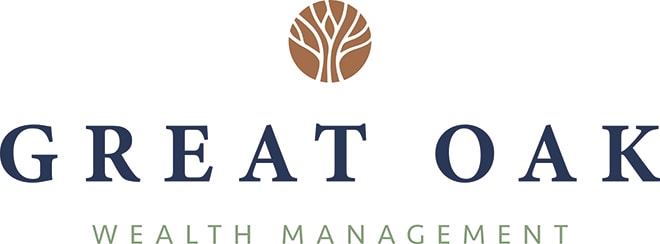Investment risk tolerance is hard to measure, yet necessary to determine. The success of your goals and piece of mind depend on it. It’s important to understand the type of risks and how they can and will affect your investments and financial goals.
“Investment risk is the uncertainty that the realized return will not equal the expected return.”
In other words, if you are expecting a return of 5% but instead have a -12% return, that’s investment risk. You must be aware of all the possible outcomes of your investment performance. Depending on your risk comfort level and goals, we need to decide whether the risk possibilities are appropriate. If so, we must have a plan in place to manage them.
Class is in session
Investment risk has two components that I refer to as scattered risk and collective risk.
Scattered risk, called diversifiable or unsystematic risk in “finance-ese,” can be significantly reduced through diversification. Collective risk, also known as undiversifiable or systematic risk is impossible to eliminate completely.
These are the most common scattered risks:
- Business Risk: When competition or technology can reduce a business’s operations and earnings. Think Radio Shack, Blockbuster Video, Circuit City, or Kodak.
- Financial Risk: The possibility that a firm may incur a loss due to massive debt financing or nefarious accounting. A&P, Woolworth’s, Enron, or MCI Worldcom.
- Political/Sovereign Risk: A changing political environment or investments in foreign countries. I’m not just talking Russia or Greece. Don’t forget Harrisburg, Detroit, or Orange County.
These are the “Don’t put all your eggs in one basket” risks. Diversification is the key. The best way to do that is through low-cost index funds that own many, many different companies. If a fund owns a Radio Shack or Circuit City, it’s not going to derail your entire portfolio.
Here comes the wave
The collective risk is like that big unexpected rogue wave when you’re swimming at the beach. Sometimes you see it and dive into the wave to offset some of its force, and sometimes you don’t see it until it’s too late and it knocks you down.
You cannot diversify away or entirely eliminate collective risk. That wave will hit you and everyone else in the water. Here are the main collective risks:
- Purchasing Power Risk: When inflation kicks in and rising prices of goods and services erode future purchasing power. When the good ol’ dollar doesn’t go as far as it once did.
- Reinvestment Rate Risk: Imagine you have a 10-year, 5% CD that’s maturing this month. Want to purchase another 5%, 10-year CD? Too bad, maybe they’re only getting 2% now. That’s reinvestment rate risk.
- Interest Rate Risk: A change in interest rates will cause the market value of the fixed-income security to fall. As interest rates rise, bonds prices fall.
- Market Risk: The risk of the overall market. Sometimes the market does wacky things.
The class is now dismissed. The takeaway is if you choose to invest, risk can never be entirely eliminated. The economy and your investments are a series of peaks and valleys. Expect them, plan for them, and take advantage of them through proper investment planning.
Can you sleep at night?
That’s what investment risk comes down to: can you sleep at night when the market is going crazy? If one of those risks were to occur, would you lie awake worrying? I first want to know what keeps you up at night.
Investment risk tolerance cannot be measured like snowfall, cups of sugar, or height. Psychologists and others a lot smarter than me have written papers and studied how best to measure risk, the questions to ask, and the precise words used. Unsurprisingly, there is no broad consensus on how best to do that.
So many factors influence risk tolerance:
- Your age, current financial condition, and goals (the most obvious ones).
- Current economic climate: If we’re in a bear market like 2008/2009 vs. a bull market of 2013, that will affect your risk tolerance.
- Your optimism or pessimism on the economy and your finances.
- Heck, even how your day is going when you answer the questions. Get a flat tire on the way to our meeting? That will affect your answer.
- How the questions are posed influences the responses. Are they positively or negatively worded questions?
Determining risk tolerance is a scientific form of art. To be more precise, it’s a little science, a little art, and a lot of listening.








